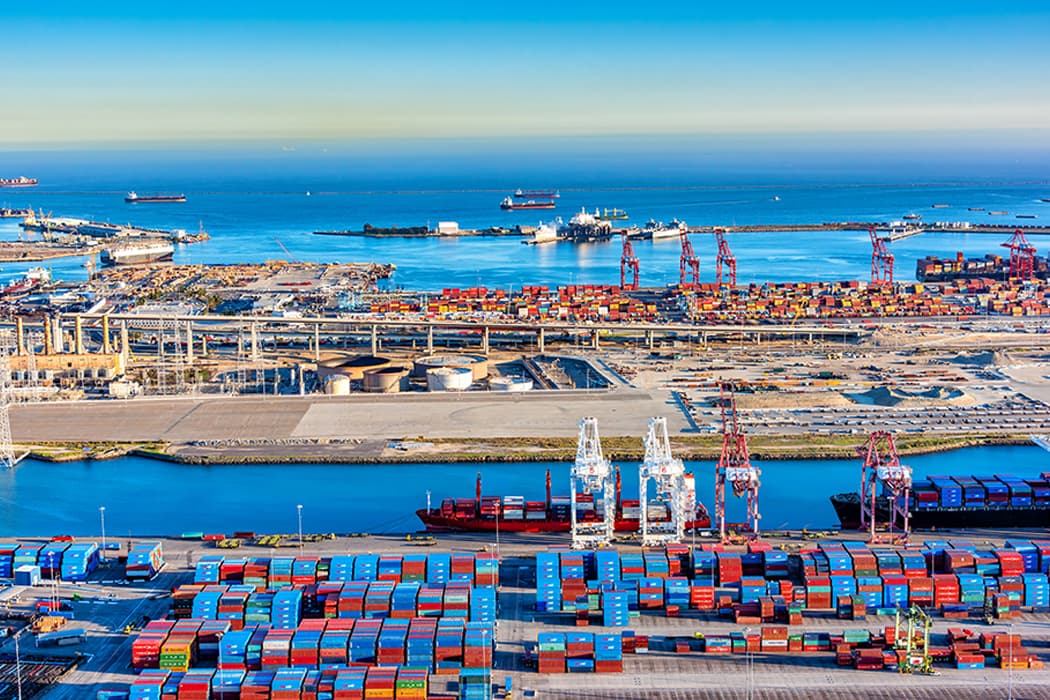
There are a wide range of issues that keep trade professionals up at night, from supply chain disruptions like the recent bridge collapse in the port of Baltimore to labor strikes, cybersecurity threats, and keeping forced labor and illicit drugs out of the supply chain. Additionally, U.S. Customs and Border Protection's (CBP) enforcement of their Priority Trade Issues is at an all-time high, including AD/CVD, agriculture, quota, trade agreements, and intellectual property rights.
"Supply chain tracing" is no longer just a buzz term for shippers. Knowing your supply chain is imperative to keeping your business moving forward. Being proactive in taking steps to better understand your supply chain risks and those parties involved will help your business succeed in this environment.
What to know about CBP updates and enforcement strategies
Forced labor enforcement continues to rise as CBP has received additional funding of $20M with the last appropriations bill that just passed Congress. Since the Uyghur Forced Labor Prevention Act was implemented in June 2022, CBP has detained 7,566 shipments valued at $2.87B. The Uyghur Forced Labor Prevention Act Statistics dashboard shows 3,096 shipments have been denied while 3,135 have been released. The top commodities include electronics, silica, apparel, footwear, and textiles, as well as industrial and manufacturing materials from Malaysia, Vietnam, Thailand, and China.
CBP recently reported that trade should expect an increase in the number of entities on the UFLPA Entity List. When cargo arrives at the port of entry and is placed on a forced labor hold, also known as a 6051-D notice of detention, the importer only has 30 days to submit a response to CBP with an option for an extension. A wait-and-see approach can be very costly for your supply chain. It is important that you work internally and with your suppliers to identify areas of risk and understand all the suppliers in your chain. For more information, read our guide on forced labor compliance.
As CBP continues the fight and enforcement on America’s front line against fentanyl and other illicit drugs entering our country, de minimis and other air and ocean cargo arrivals are targeted for review.
Improving supply chain traceability
CBP needs more accurate data earlier in the process to do the targeting required. Having detailed cargo descriptions and shipment entry data earlier in the process allows CBP to target appropriately. CBP recently advised at the Trade Facilitation and Cargo Security Summit in Philadelphia, PA, that shippers should "know your supply chain."
Shippers should be diligent in gathering the following information on shipments: consignee name, specific and detailed cargo description, and volume and weight of manifested goods that coincide with the cargo description. De minimis cargo can enter the United States duty free under the value of $800.00 on a carrier manifest by Type 86 entry, informal entry (11), or formal entry (01).
Effective April 13, if a Type 86 entry is filed after cargo arrival, CBP will reject the entry and require an informal (11) or formal (01) entry to be filed. For more information, see CSMS # 59889329 - Automated Enforcement of Late Filing of Entry Type 86 Transactions.
Additionally, shippers can now participate in the Global Business Identifier Test. This test examines the functionality and effectiveness of identifiers as a tool to improve U.S. government visibility into imports and facilitate supply chain traceability. In the latest Federal Register notice, CBP extended the test period for 3 years.
All commodities, origins, and Harmonized Tariff Schedule (HTS) numbers are available to participate in the test. Under the test, the trade can voluntarily submit one or more of the following three identifiers for certain party types on an entry (manufacturer, shipper, seller, exporter, distributor, and packager):
- The Global Location Number (GLN) from GS1
- The Data Universal Numbering System (DUNS) from Dun & Bradstreet (D&B)
- The Legal Entity Identifier (LEI) from the Global Legal Entity Identifier Foundation (GLEIF)
Understanding CBP updates and how they impact your supply chain
In today's complex global marketplace, the challenges facing supply chains are multifaceted and quickly evolving. From natural disasters disrupting critical infrastructure to the ongoing threat of labor strikes and cyberattacks, the landscape demands constant vigilance. Moreover, the imperative to combat forced labor and illicit drug trafficking underscores the critical role of supply chain integrity.
As CBP intensifies its focus on Priority Trade Issues, including enforcement against forced labor and illicit drugs, businesses must prioritize supply chain tracing to ensure compliance, mitigate risks, and safeguard reputations.
Stay informed
Developments in customs and trade continue to evolve—stay informed to be prepared:
- Connect with our trade policy experts
- View our Trade & Tariff Insights
- Subscribe to our Client Advisories



